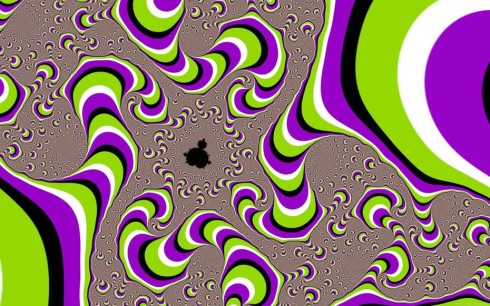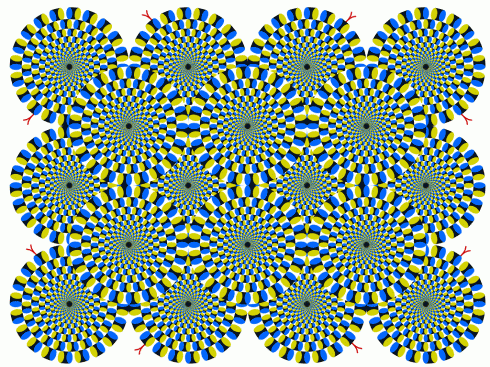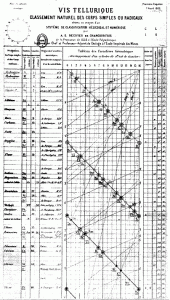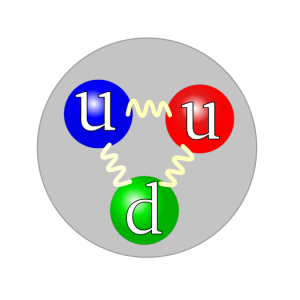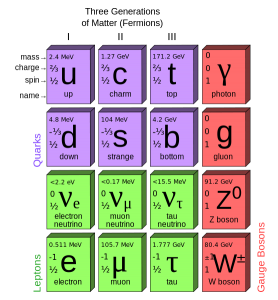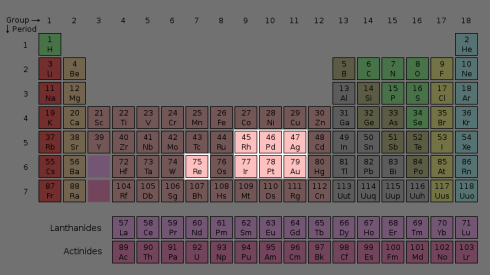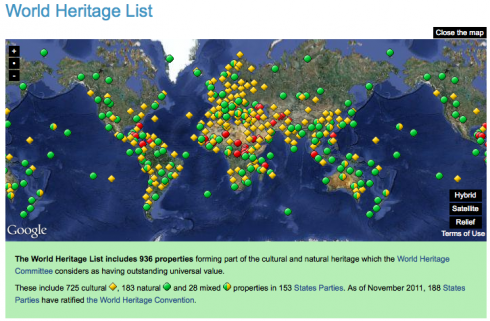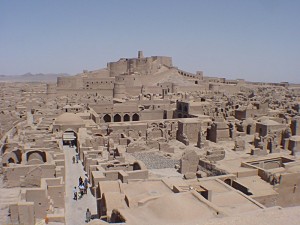Slingshots came up the other day in physics when we were talking about tension in strings when they’re held at an angle. The larger the angle the greater the tension in the string, which is why it’s harder to do pullups on an overhead bar when your hands are spread apart.
The concept of elasticity also came up. It is the elasticity of the rubber band, its ability to return to its original shape, that provides the potential energy when you pull it back.
Smarter Every Day has a video up that glances at the physics of slingshots.
One of the neater things the video shows is one experiment where they were aiming for a pumpkin but missed. The shot went too low, knocking the piece of wood the pumpkin was sitting on, and practically all the momentum of the shot was transferred to the wood: the shot looses all its velocity while the wood takes off. Once its support is gone, the pumpkin just drops vertically — there’s no horizontal motion — making this also a good demonstration of inertia.
